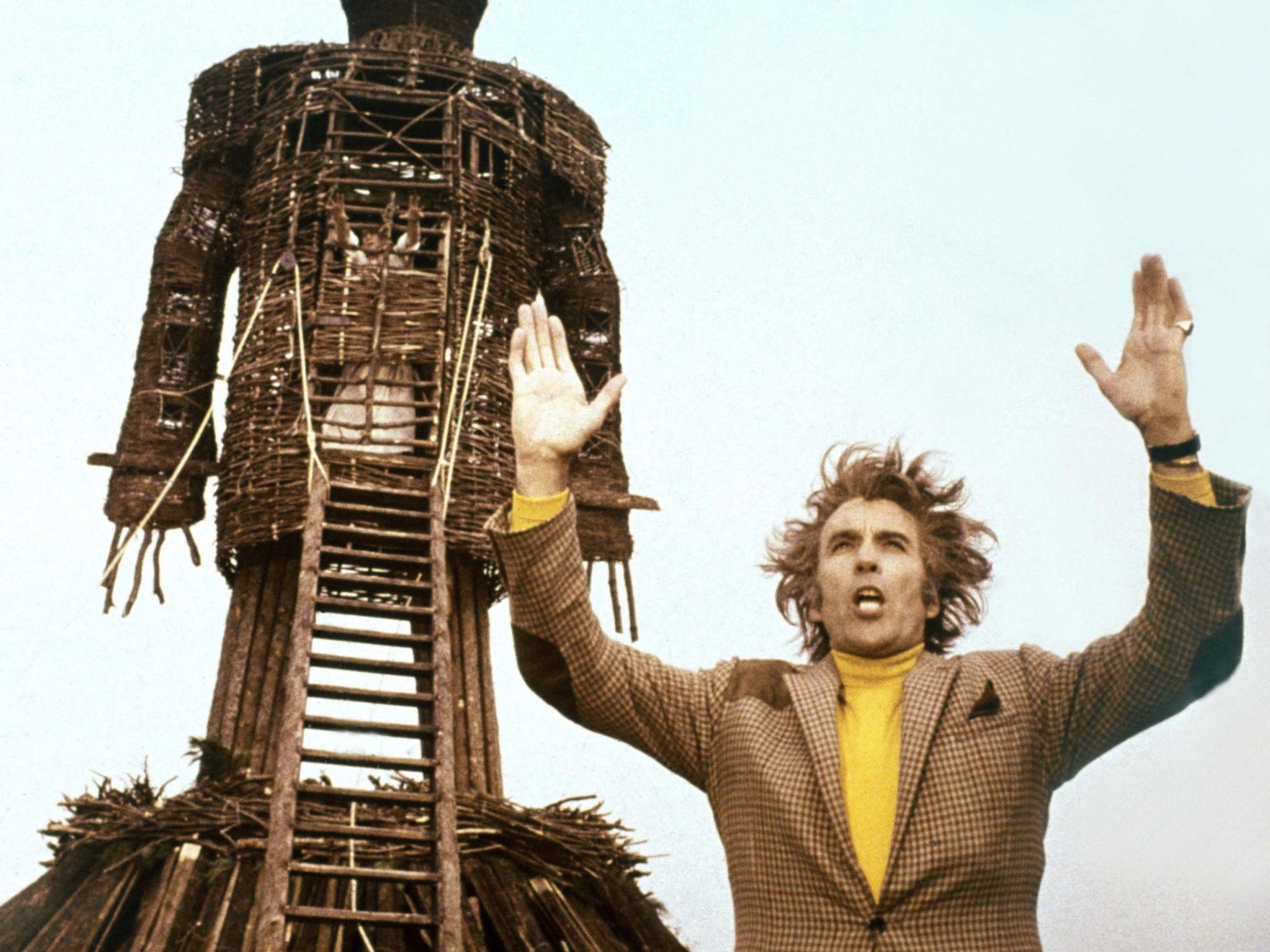It’s the moral ambiguity of folk horror that makes it terrifying
From ‘The Wicker Man’ to ‘Midsommar’, folk horror is atmospheric and sinuous. It can creep into different territories yet leave no trace of its exact form. David Barnett on its growing popularity

It is Halloween, the season of the witch, the time when the barriers between our world and the next grow thin and weak and transparent, when the newly dark evenings are rent by the brittle shrieks of children in supermarket costumes. It is a time for watching horror movies and reading ghost stories, immersing ourselves in delicious spookiness of the season of mists and mellow fruitfulness, enjoying being scared. And yet, even the most terrifying zombie contagion or animated doll or night-stalking knife slasher has a Hollywood gloss that is at odds with the true, earthier nature of a different type of horror that waxes and wanes in popularity yet is never far from the surface, especially in Britain.
Folk horror speaks to a different set of fears, and is often less overtly scary, eschewing shocks and jumps for a creeping sense of menace and dread that is often far more ambiguous than “standard” horror in its depiction of the age-old battle of good versus evil. We can all broadly agree that a growing horde of flesh-eating undead cadavers sweeping across the globe is a bad thing, as is a hockey mask-wearing psychopath with a penchant for carving up nubile teens; as, indeed, is a blood-sucking vampire or toothsome werewolf.
Folk horror gives us pause, though, to wonder exactly who we should be rooting for, typified as it often is by the menace usually being exemplified by old, forgotten, pagan ways and the victim or hero representing contemporary, modern mores. The former seems sinister, strange and scary while the latter is relatable and familiar. What we often find in folk horror, though, is that the war between good and evil is not so sharply delineated.
Subscribe to Independent Premium to bookmark this article
Want to bookmark your favourite articles and stories to read or reference later? Start your Independent Premium subscription today.
Join our commenting forum
Join thought-provoking conversations, follow other Independent readers and see their replies